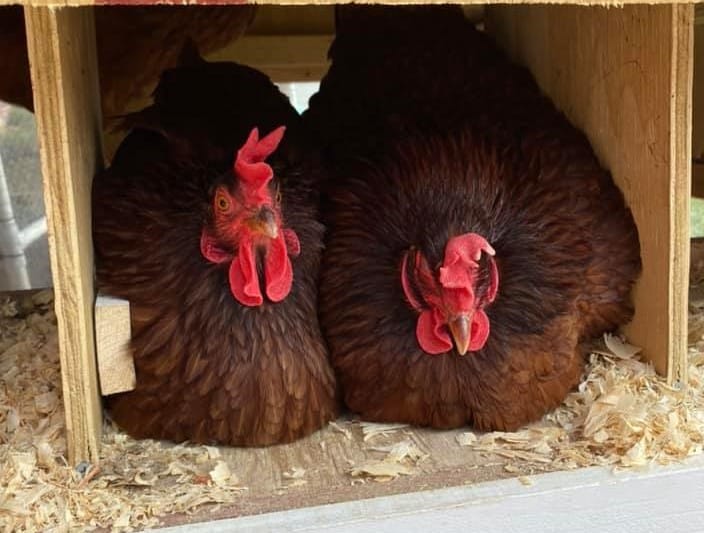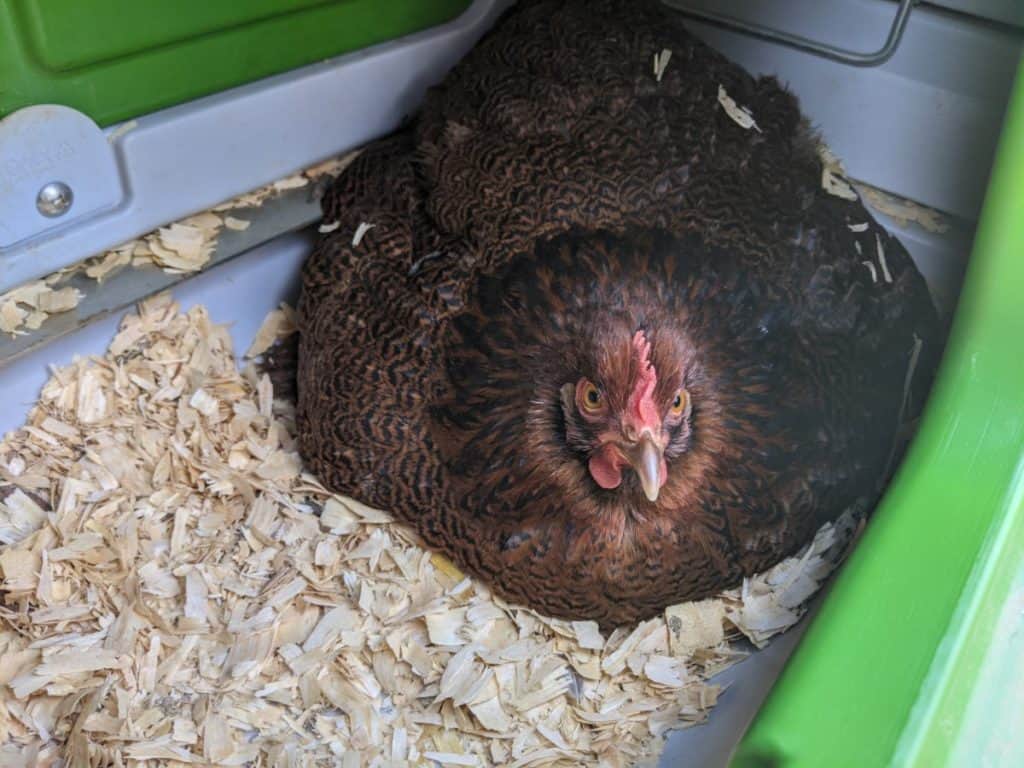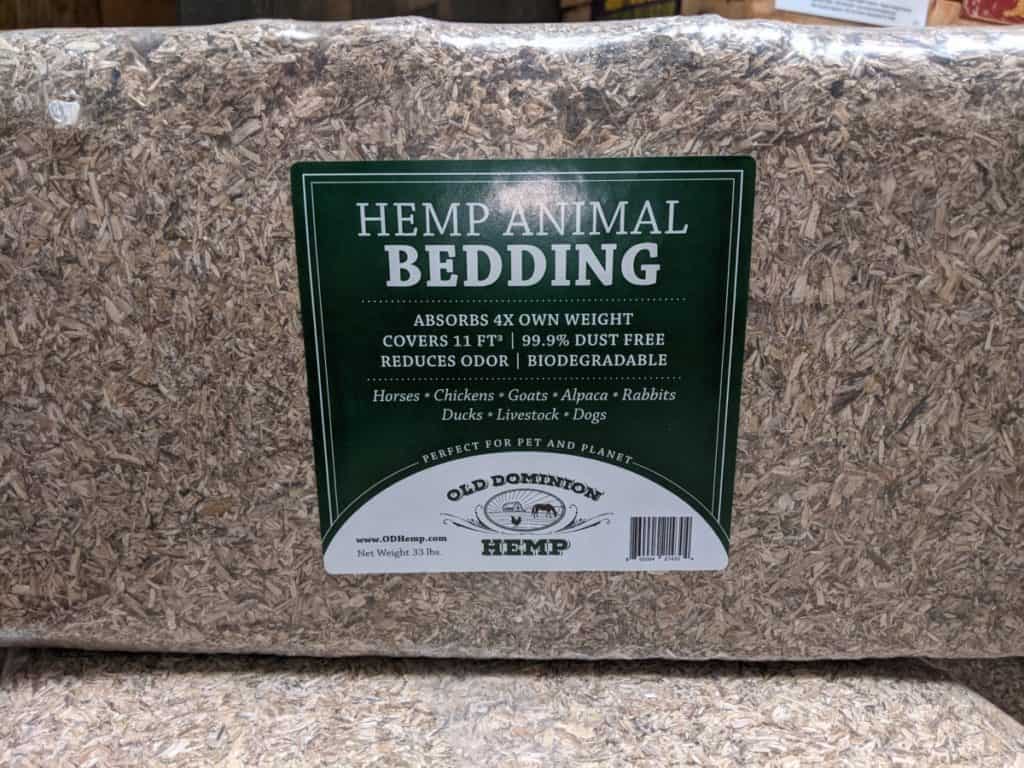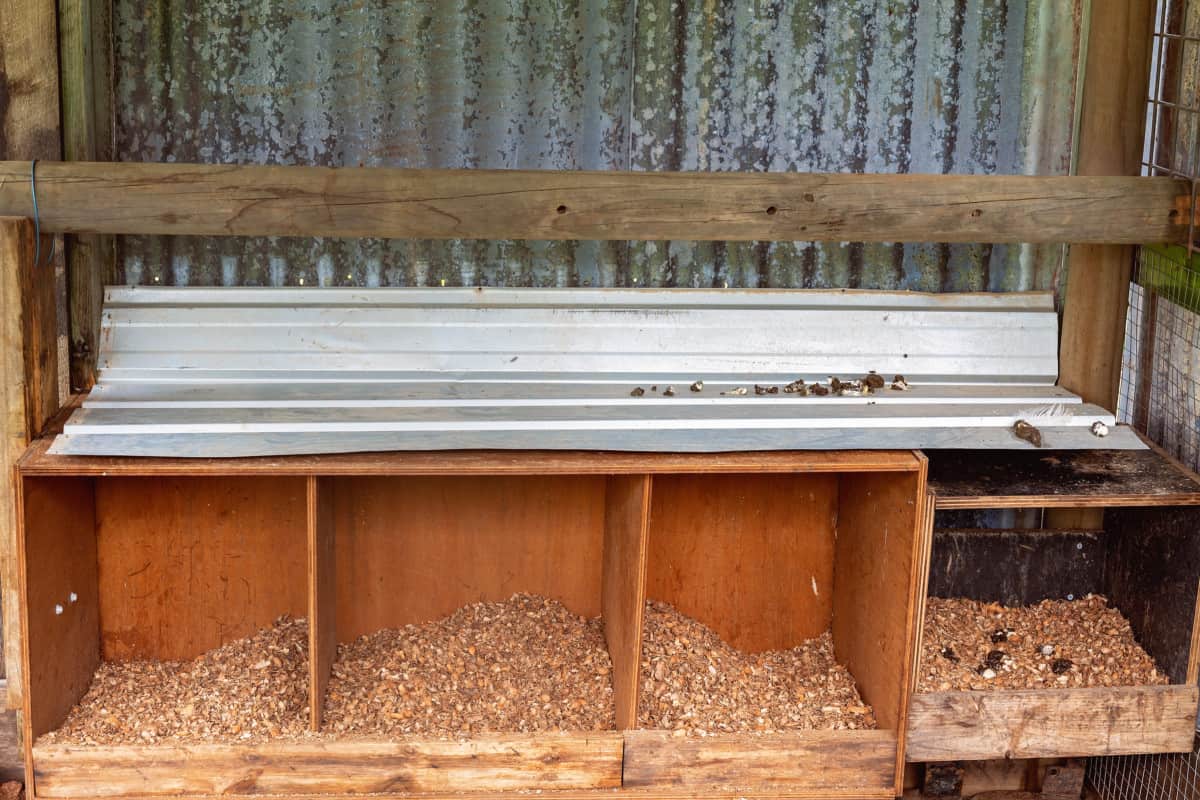Do you know what’s not fun? Having to conduct morning Easter Egg hunts to find your chickens’ eggs! Chickens lay their eggs pretty much anywhere, making egg collection challenging to say the least.
It is a great idea to provide a safe and secure place for your chickens to lay their eggs.
You’ll need one 16-inched cubed nesting box for every three to four hens, securely placed 18 inches off the ground. Ensure that the nesting boxes are private, safe, and clean. Fill the nesting boxes with 3 to 4 inches of soft and absorbent bedding material and replace the bedding every 2 to 4 weeks.
If you are keen on amplifying their and especially YOUR happiness by providing them with functional nesting boxes, you have come to just the right place! So let’s have a look at where the magic happens.
- Do Chickens Need Nesting Boxes?
- How High Should Nesting Boxes Be?
- Do Nesting Boxes Have to be Off the Ground?
- Can You Stack Nesting Boxes?
- How Many Nesting Boxes do You Need Per Hen?
- How Big Should a Chicken’s Nesting Box Be?
- Do Nesting Boxes have to have a Top?
- How do You Build a Chicken Nesting Box?
- Best Material for Nesting Boxes
- Best Bedding Material for Nesting Boxes
- How do You Encourage Chickens to Lay in Nesting Boxes?
- Conclusion
Do Chickens Need Nesting Boxes?
Chickens do not need nesting boxes. They will lay their eggs pretty much in any secluded space that they feel safe and secure.
The truth is, nesting boxes benefit us a lot more than our hens. Nesting boxes keep the eggs in a safe, confined space in the coop, and they make life a whole lot easier than having to scout the eggs.
In addition, nesting boxes have several benefits to your hens. First, your hens and their eggs will be safer and protected from predators like foxes or raccoons. Second, hens are pretty secretive when laying eggs; nesting boxes provide adequate privacy.
Finally, nesting boxes also offer a tranquil and comfortable space to nest and lay their eggs.

How High Should Nesting Boxes Be?
Your nesting boxes should preferably be positioned slightly off the ground to keep other birds from scratching around the eggs and potentially breaking them.
Your nesting boxes should be a minimum of 18 to 20 inches off the floor and can be as high as a couple of feet off the ground. Remember that your nesting boxes should not be at the same height as your roosting bars to prevent your hens from sleeping in the boxes.
Do Nesting Boxes Have to be Off the Ground?
Not all nesting boxes have to be off the ground; they can be put on the ground or elevated; however, it is beneficial to rather elevate them.
When nesting boxes are placed on the floor, they take up floor space and place your chickens at risk to predators and rodents, run-off water, or flooding.
Can You Stack Nesting Boxes?
There is no reason not to stack your nesting boxes atop each other. Even so, hens typically wait in line for one of two (hens prefer to lay communally).
Vertical nesting boxes work just as well. But, quite frankly, the hens do not realize that they are above one another when laying on their nests.
How Many Nesting Boxes do You Need Per Hen?
Having a nesting box for every chicken is not all necessary! However, a helpful rule of thumb is to ensure one nesting box for every three to four hens.
Regardless, your flock of hens may choose a single nesting box to lay their eggs. Hens trade-off using the same nesting boxes depending on who’s laying.
How Big Should a Chicken’s Nesting Box Be?
Most chicken breeds require a nesting box approximately in a 16-inch cubed size.
However, if you have bantams, a 12-to-14-inch cube is sufficient.
In addition, if you have a larger breed than average, like Rhode Island Reds or Orpington’s, you may want to consider larger boxes of 18-inch cubes.
Do Nesting Boxes have to have a Top?
Nesting boxes do not need to have a top on; however, they help keep your hens feeling comfortable and safe when they are enclosed.
How do You Build a Chicken Nesting Box?
Nesting boxes can be made out of virtually anything from crates and wine barrels to an old set of drawers. Of course, the nesting boxes have to be secure to prevent broken eggs and injuries from occurring.
Note that your hens want privacy above all else. Therefore, you want your nesting boxes to have the following characteristics:
- Privacy
- Quiet
- Not too much light
- Safe
- Clean and fresh

Best Material for Nesting Boxes
Whether you buy pre-made nesting boxes or construct homemade boxes, the biggest concern remains to keep the boxes clean. So, what we’re are looking for is a type of material that can be washed, scrubbed, and sterilized.
Wood: Works well but unfortunately breaks down over time. Another disadvantage of wood is that it cannot be adequately sterilized.
Metal: Excellent option. Metal is easy to keep clean and lasts longer than most other materials.
Plastic: It is easy to clean and sterilize. Plastic is usually budget-friendly too.

Best Bedding Material for Nesting Boxes
Bedding is essential for your chicken nesting boxes. We want to ensure our hens are healthy and comfortable.
Features to look for in bedding for nesting boxes:
- It is soft and protects the eggs
- Absorbent
- Lightweight
- Low dust
- Compostable
- It can be cleaned easily or replaced
- Insulates well
- Easily available
- Non-toxic materials
Here are the top bedding materials to consider using:
- Straw or hay
- Wood pine shavings
- Fallen leaves
- Grass clippings
- Sand
- Nest liners
- Paper shredding
- hemp bedding
How Much Bedding Should be in a Nesting Box?
Backyard Chickens require at least 3 to 4 inches of bedding in their nesting boxes. So you may have to add more periodically when it’s flattened or when the chicken kicks the bedding out of the boxes.
How Often Should Chicken Bedding be Replaced?
Chicken bedding such as pine shavings should be replaced every two to four weeks depending on many chickens you have and how much time they spend inside their coop.
Bedding can last up to two months if chickens are rarely inside the coop.
Herbs for Chicken Nesting Boxes
Did you know that herbs can be used for your chicken nesting boxes? Herbs do only add a lovely aroma to your chicken coop; they also contribute to your ladies’ health and wellness.
Here is a list of several popular herbs that can benefit your hens when added to their nests.
- Basil- Has a calming effect
- Parsley– Is a vitamin boost
- Mint- Has a lovely aroma and is a rodent and insect repellent
- Lavender- Is relaxing, with a pleasant aroma and increases blood circulation
- Thyme- Is excellent for respiratory health
- Marigolds- Is an effective insect repellent
- Fennel- May increase laying in hens
- Lemon Balm- Relaxing and can deter rodents
- Dill- Is calming and improves respiratory health

How do You Encourage Chickens to Lay in Nesting Boxes?
Sometimes it may feel as if chickens go out of their way to make collecting eggs challenging. Instead of using their comfy nesting boxes, they make a nest in impossible-to-find locations.
If your chickens are laying their eggs everywhere but in their nesting boxes, follow these five tips to encourage them to lay in their boxes:
- Make sure that the nesting boxes are clean, fresh, and inviting. Clean out all the dirty material and waste in the nesting boxes.
- Add fresh nesting material. You can also make the nesting box more inviting by fluffing it up.
- Ensure your hens also have a place to roost elsewhere. Their nesting boxes should ideally be only for nesting.
- Ensure that you have enough nesting boxes. Providing one nesting box for every 3 to 4 hens is ideal.
- Another way to encourage your chickens to use their nesting boxes is to put fake eggs or golf balls in their nesting boxes. Sometimes they’re more prone to use the nesting boxes when given an example.
Conclusion
To conclude, nesting boxes are not compulsory, but they do make your life a whole lot easier! Consider installing nesting boxes if you are tired of going on an Easter egg hunt to find your chickens’ eggs every morning.
Ensure that your nesting boxes are raised approximately 18 inches off the ground.
In addition, ensure that the nesting boxes are safe and secure and are filled with 3 to 4 inches of soft and lightweight bedding and that the bedding is replaced every two to four weeks.
Enjoy experiencing a stress-free egg collection!

